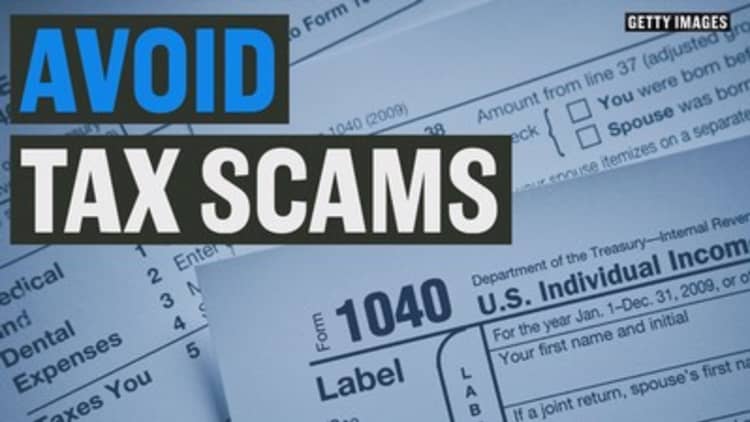Before you start preparing your taxes, subject the key forms to a financial review.
By now, you should have received most of your key 1099s and W-2s in the mail or online. (Missing one? See if you can track it down.)
"The first thing you want to do is make sure [the form] is right," said Greg Rosica, contributing author to Ernst & Young's EY Tax Guide 2017.

Make sure details like your name, Social Security number and address are correct. A wrong detail could affect your tax outcome, he said—for example, an old address might mean too much or too little was withheld in state and local taxes.
Pull out your final paystub of the year to double check that the reported wages are correct, too, said certified public accountant Jenifer Lee, founder of 4D Tax & Financial Planning in New York City. Taxpayers who work in two states will also need to make sure that the allocation for each looks right.
"Sometimes the state information is incorrect," said Lee—and it's much easier to get HR to correct the mistake than to work out the discrepancy with the state.
Your tax documents can also be used for some financial planning, to make smarter tax moves this year. Line items on a W-2, for example, might spark discussions about whether you can boost savings to retirement accounts or take better advantage of pre-tax dependent care accounts, Rosica said.
If you have 1099 income, a planner might use that as a talking point about setting up a retirement plan geared to self-employed workers, or whether a sole proprietorship is still the best business structure.
Lee, who is also a certified financial planner, said she always asks new clients to bring a recent paystub to help assess all the valuable fringe benefits they have access to, that might not show up on that W-2. That can help push the conversation forward to cut next year's tax bill.


